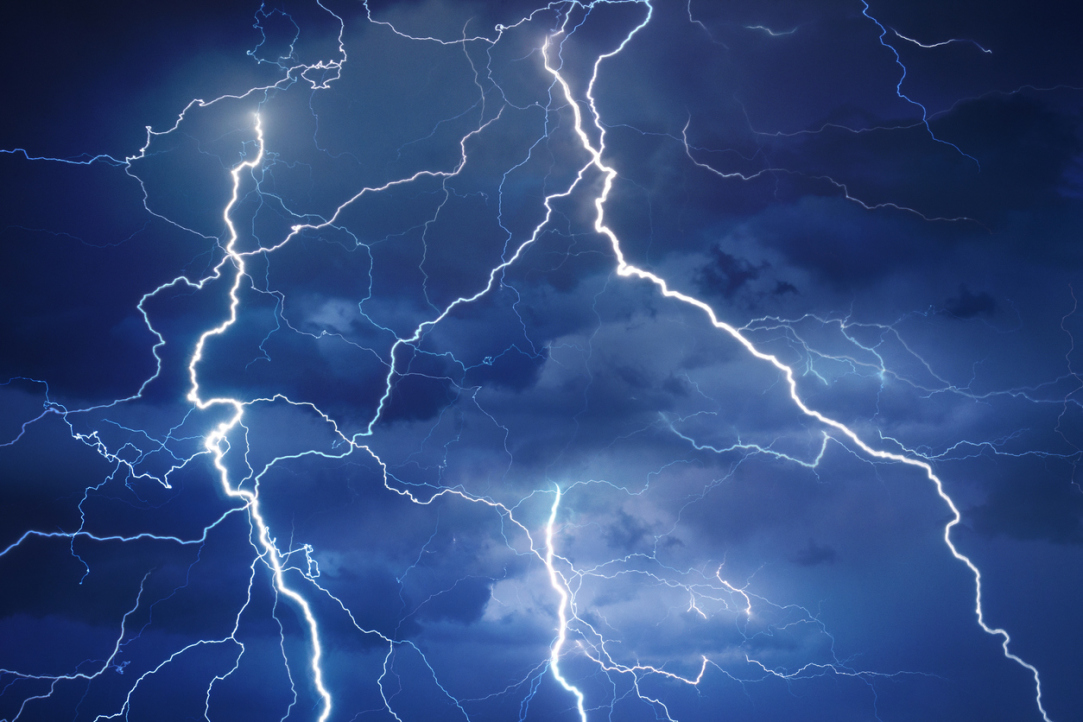|
Digital Electronics |
Digital electronics are
electric circuits that work on only two fixed values: "1" and
"0". They use a series of 1's and 0's to store and communicate
information. They can also perform math using just 1's and 0's. This is
called Boolean
math or
Boolean logic.
How do they get just 1's and 0's?
In most digital electronic circuits when the
voltage of the circuit is positive and near the supply voltage it represents a
1. This is also called HIGH. When the voltage is close to the ground level (or
zero), it represents a 0, which is also sometimes called LOW. With these two
signals most anything can be stored and communicated including the picture on
the screen you're looking at right now. But it takes a LOT of these signals
running VERY fast!
What are electronic gates?
In digital electronics, gates are electrical
functions that are performed on 1's and 0's. Sort of like simple math. One
example of this is the AND gate. There are two inputs and one output to an AND
gate. The output is only a 1 if both inputs are a 1. If either input is a 0,
the output is a 0. An even simpler gate is the Inverter. In this case there is
one input and one output. If a 1 is input, then a 0 is output. If a 0 is input
then a 1 is output. It just Inverts the signal.
A
logic AND gate with two inputs and one output
What are electronic chips?
Electronic chips are a whole bunch of electronic
gates put into one small area. These chips can have millions and millions of
gates in order to do all sorts of complex stuff. There are chips that do
graphics for your computer screen, chips that have lots of memory for saving
data, and chips that run programs like your computer's CPU. To make electronic
chips, special materials called semiconductors are used together with expensive
precision equipment. Hundreds of engineers may spend years just to design and
invent one complex electronic chip.
Integrated Circuit computer chip called a CPU
Where are they used?
Digital electronics are used throughout the
world including in computers, iPods, video games, televisions, cameras, cell
phones, and cars. Although digital electronics are a relatively new invention
in the world, most of us could hardly imagine a world without them.
Fun facts about Digital Electronics
- The main semiconductor used in electronic
chips is silicon. Silicon is the most abundant element in the
Earth's crust after oxygen.
- A lot of the internet information is sent
over fiber optics. With fiber optics light is used instead of electricity
to send the information.
- The first computer chip was invented by
Jack Kilby while working for the company Texas Instruments.
- In 2011 Apple became the largest buyer of
computer chips in the world because of the iPhone.
